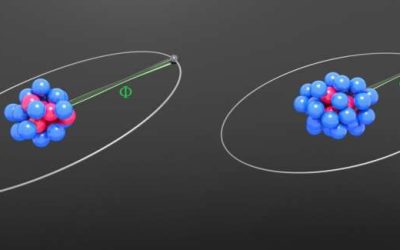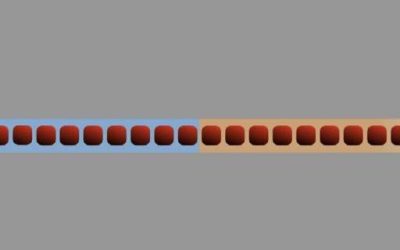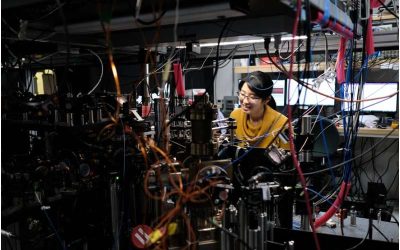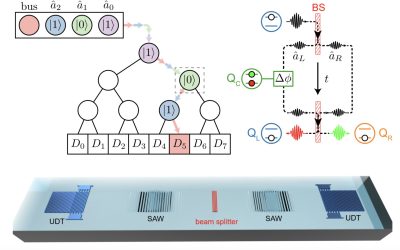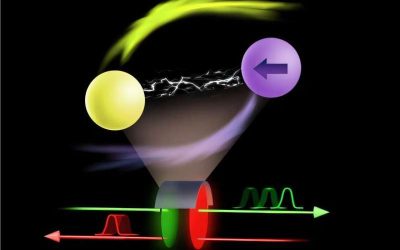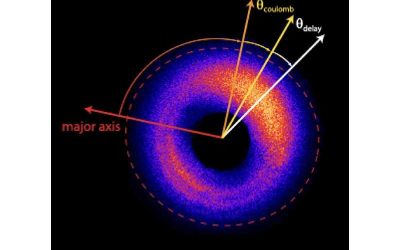Superconductivity is an advantageous physical phenomenon observed in some materials, which entails an electrical resistance of zero below specific critical temperatures. This phenomenon is known to arise following the formation of so-called Cooper pairs (i.e., pairs...
Physics
A new approach to probing Landauer’s principle in the quantum many-body regime
Landauer's principle is a thermodynamics concept also relevant in information theory, which states that erasing one bit of information from an information system results in the dissipation of at least a specific amount (i.e., kBTln2) of energy. This principle has...
Study tightens King plot-based constraints on hypothetical fifth force
While the Standard Model (SM) describes all known fundamental particles and many of the interactions between them, it fails to explain dark matter, dark energy and the apparent asymmetry between matter and antimatter in the universe. Over the past decades, physicists...
Universal embezzlers naturally emerge in critical fermion systems, study finds
Embezzlement of entanglement is an exotic phenomenon in quantum information science, describing the possibility of extracting entanglement from a resource system without changing its quantum state. In this context, the resource systems play the role of a catalyst,...
True single-photon source boosts secure key rates in quantum key distribution systems
Quantum key distribution (QKD), a cryptographic technique rooted in quantum physics principles, has shown significant potential for enhancing the security of communications. This technique enables the transmission of encryption keys using quantum states of photons or...
Atom tweezer arrays reveal how phase transitions unfold in mesoscopic systems
As the number of particles in a physical system increases, its properties can change and different phase transitions (i.e., shifts into different phases of matter) can take place. Microscopic systems (i.e., containing only a few particles) and macroscopic ones (i.e.,...
New approach reversibly configures single and heteronuclear dual-atom catalysts on MoS₂ substrate
Single-atom catalysts (SACs) are materials consisting of individual metal atoms dispersed on a substrate (i.e., supporting surface). Recent studies have highlighted the promise of these catalysts for the efficient conversion and storage of energy, particularly when...
A quantum random access memory based on transmon-controlled phonon routers
Recent technological advances have opened new exciting possibilities for the development of cutting-edge quantum devices, including quantum random access memory (QRAM) systems. These are memory architectures specifically meant to be integrated inside quantum...
Nonreciprocal light speed control achieved using cavity magnonics device
The reliable manipulation of the speed at which light travels through objects could have valuable implications for the development of various advanced technologies, including high-speed communication systems and quantum information processing devices. Conventional...
Phase-resolved attoclock precisely measures electron tunneling time
When placed under a powerful laser field (i.e., under strong-field ionization), electrons can temporarily cross the so-called quantum tunneling barrier, an energy barrier that they would typically be unable to overcome. This quantum mechanics phenomenon, known as...



